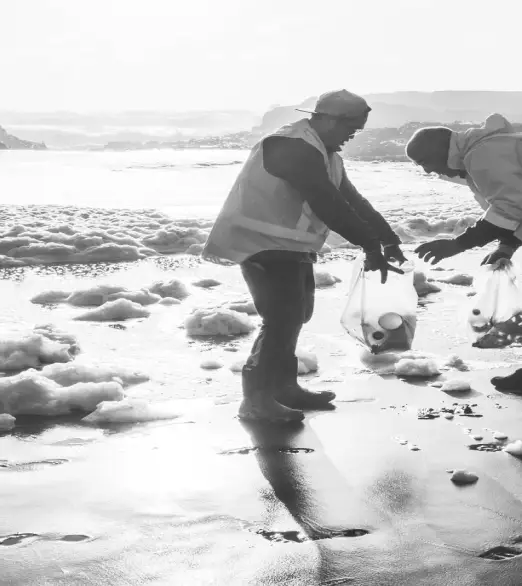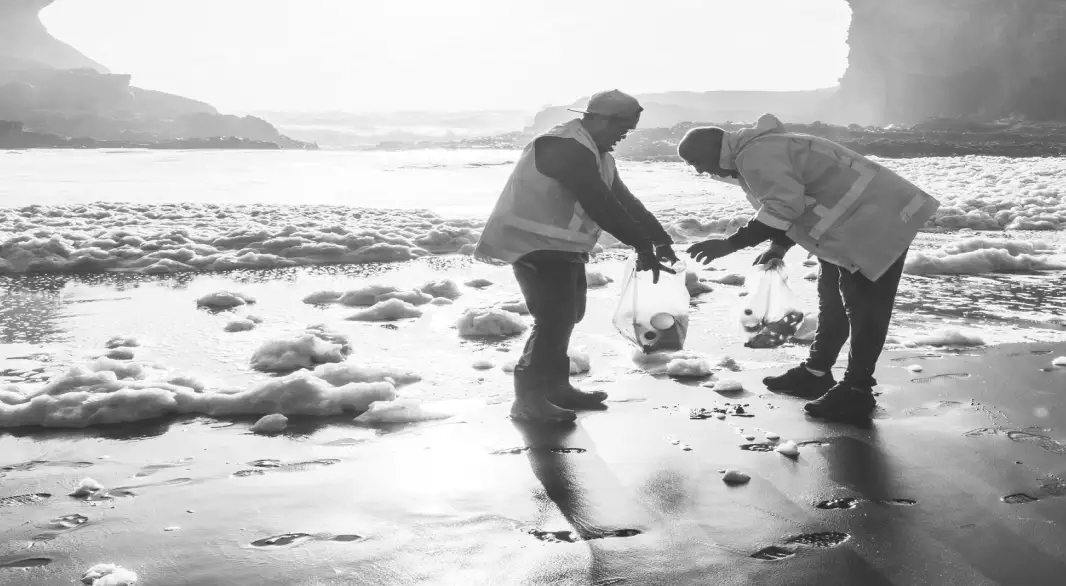Participation



How councils are using innovative ways to get communities to participate in local democracy.
How do you get more people to participate in local government? It’s an important question – especially since the number of people voting in local elections has been declining relatively steadily since 1989. Yet for councils to be truly effective, they need the communities they represent to be engaged and active – so they can make decisions with them, not just on behalf of them.
That’s why councils around the motu are using innovative ways to get their locals to participate, ones that put communities at the heart of decision-making and council work. Because while voting is one (very important) way for people to get involved, there’s also many other ways locals can be part of council mahi – across everything including budgets, planning, climate change and more. It's localism in action.
A great example of this can be found at Christchurch City Council. Like all councils, Christchurch had the big task of putting together their Long-Term Plan – an outline of where a council’s going to put their money over the next 10 years. One of the main challenges with all Long-Term Plans is figuring out which key services council should prioritise for their community, because while councils of course want to do everything they can to meet a community’s needs and wants, there’s only a finite amount of funding and resources.
So: where to put this limited funding? Christchurch City Council knew these major decisions shouldn’t be up to a handful of councillors. It should be the community who has key input into their future. That’s why they created a campaign called What Matters Most, which asked to locals to “help us sort the must-haves from the nice-to-haves,” as they said in the campaign slogan.
For the campaign, the council identified 17 core services, including things like community spaces, climate change, travel choice, drinking water, roads and footpaths, and more. Then they gave locals a certain number of ‘points’ to allocate across these 17 services.
To reach these locals, they used a few different approaches. The main one was their innovative online tool, where people were given 100 points to allocate across services however they saw fit (for example, they could put ten points each on ten services; 25 points on four services; even all their points on one service). They also had physical setups at community events, where people dropped ‘tokens’ into boxes representing each core service, as well as a hard copy form.
Over the six-week period this campaign was carried out, the council received 4,000 responses. They also had a similar number of participants in the nearly 80 in-person activities which took place at community events, meetings, focus groups, libraries and service centres throughout Christchurch and Banks Peninsula. The council noted that overall, this campaign meant they heard from a much more diverse group of participants than they normally do – both a younger demographic, and a more multi-cultural one.
‘What Matters Most?’ was a great way to help locals understand some of the challenging decisions councils face, with participants themselves having to make some tough calls on what services they value most. And for the council, it was a crucial tool to get feedback on what the community’s priorities are.
They found that there were some consistent themes emerging from the process, with the services that mattered the most being climate change, drinking water supply, roads and footpaths, travel choice and parks and gardens – based on how many people allocated points to the service and the number of points those people allocated to it. However, there were also subtle nuances in the results that showcase some of the different priorities for various communities. For example, Māori participants tended to rank recreation and sport and events higher than the wider group of participants, while young people ranked climate change and travel choice higher than the wider group.
Now the council is using this crucial data to inform their Long-Term Plan, with the community’s views helping to shape how they balance all their core services. And once they’ve come up with the draft Long-Term Plan, they’ll do more public consultation to see if they got the balance right. It’s a localism approach that puts community voice first, and ensure that communities are driving the future they want to see.
And across the country, we’re seeing so much of this kind of great mahi that prioritises locals. Another good example of participatory budgeting (which sees locals have a say in how their rates are spent) can be found at Toi Moana Bay of Plenty Regional Council. They used a participatory budgeting process to allow which school projects they’d like to see funded through the council’s sustainability and resilience fund, offering a more inclusive way for ratepayers to have a say on how their money is spent.
These stories are just the start, especially as we continue to work with councils to Choose Localism in all our mahi. Councils are, after all, all about communities – so the more creative and effective ways we can make sure they participate, the better.